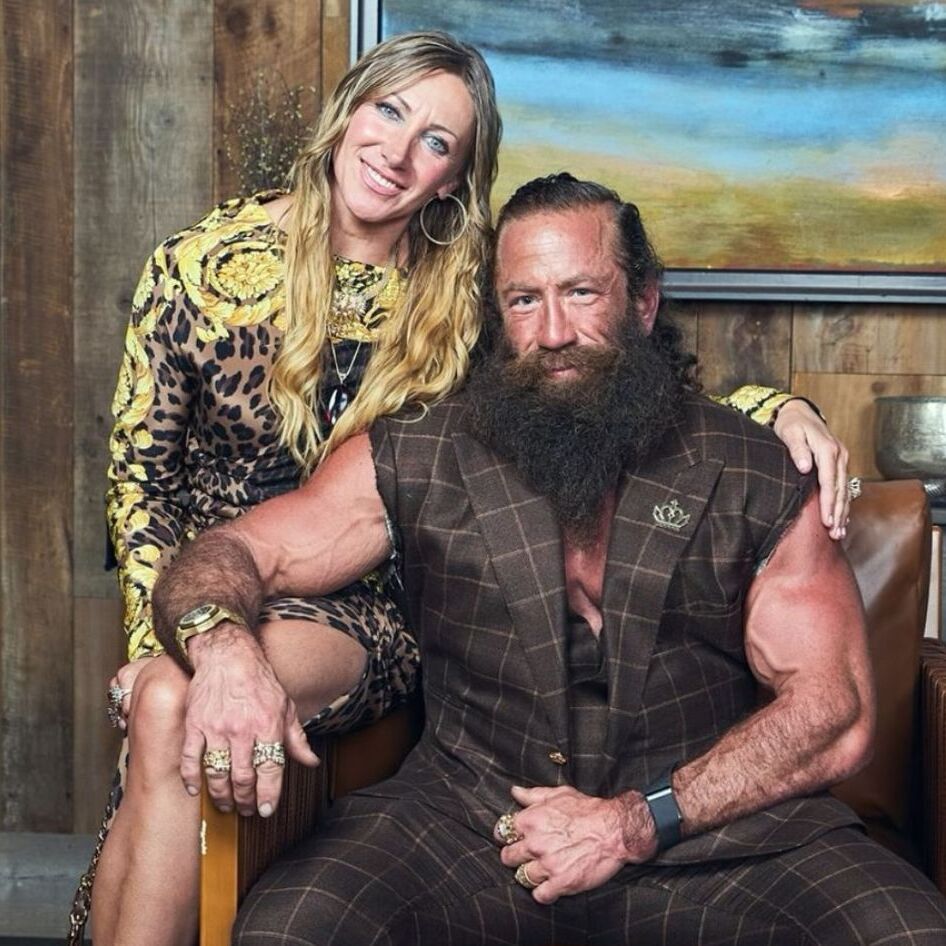Thanks to social media, ancestral diets are having a moment. Depending on your algorithm, you might have come across content promoting carnivore, caveman, or lion diets. While each has its own rules and patterns, they all share one thing in common: meat takes center stage.
For many, this trend stems from the idea that our Paleolithic ancestors ate this way—that we evolved to eat as they did, and that modern diets aren’t suited to us. In some ways, that’s true. There’s plenty of research showing that nutrient-poor, ultra-processed foods aren’t good for our health.
 Pexels
Pexels
However, it turns out that eating mostly meat is probably not great for us either. And according to a growing body of research, it’s not what early humans ate anyway.
Early diets actually featured a lot of plants
It’s not up for debate that early humans ate meat. Like Homo sapiens, Neanderthals—our sister species—were predators who survived on animal parts, including meat, fat, and even bones. But that wasn’t all they ate.
Research suggests the Neanderthal diet also included plenty of maggots, as well as nuts like pistachios, wild peas, acorns, tubers, olives, chamomile, and lentils. It’s unlikely Neanderthals were hyper-carnivores, said Hervé Bocherens, head of the biology research group at the University of Tübingen in Germany, in conversation with Live Science.
 Lorna Pauli | Pexels
Lorna Pauli | Pexels
“They could not [survive only on meat] if they had a similar physiology as modern humans, which is likely,” he explained. “There is a need for dietary sources of energy.”
Experts know Neanderthals probably ate a fair amount of plants thanks to remains found in caves. Ancient dental plaque and fossilized feces, for example, test positive for plant residue. It makes sense: Neanderthals had to hunt for their food, and that meant some days were successful, and others weren’t. In between, they relied on whatever the natural environment provided.
“We have this idea of cavemen—and it usually is men—eating a very high meat diet and not relying on anything else,” Emma Pomeroy, MA, PhD, of the University of Cambridge, told BBC Science Focus. “For most humans, that wasn’t the case.”
Like Neanderthals, early Homo sapiens couldn’t survive on meat alone. In fact, despite what some modern carnivore influencers might claim, research suggests our ancestors weren’t skilled enough hunters to sustain such a diet. Instead, they often scavenged carcasses left by other predators and supplemented their meals with fruits, seeds, and tubers.
 Liver King
Liver King
Could the tide be turning for meat-heavy influencers?
Carnivore and meat-heavy diets carry real risks, mainly due to nutrient deficiencies. “In a strict carnivore diet whereby no plant foods are allowed, the body is stripped of any opportunity to have phytonutrients that protect us from cancer and many chronic diseases,” said Angel Luk, RD, in an interview with VegNews. “These phytonutrients are exclusively found in plants.”
BECOME A VEGNEWS VIP: Get exclusive product deals, freebies, and perks galore!
Fortunately, some of the movement’s biggest influencers have started moving away from meat-only eating. The Liver King, for example, now includes plant foods in his diet. And last year, Paul Saladino, MD, author of The Carnivore Code, gave up the diet after experiencing unpleasant symptoms such as heart palpitations.
“For now, it’s safe to say there are far more potential risks for harm than there is potential for health improvement,” Luk added about carnivore diets.
For more plant-based stories like this, read:
JUMP TO ... Latest News | Recipes | Guides | Health | Subscribe









